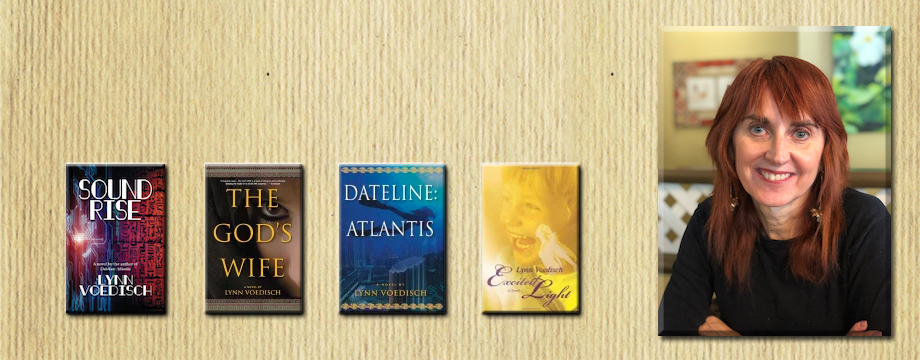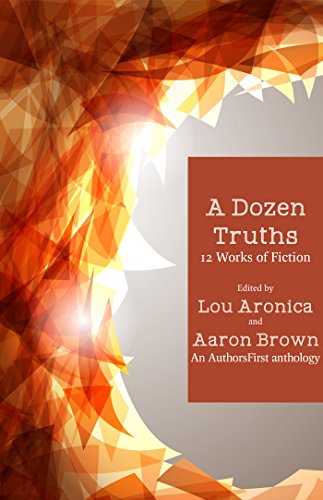I love everything about writing, getting the ideas, wanting to jump out of bed at 3 am. when get a great character in a dream, writing my first draft on a clean sheet of legal paper (because writing moves organically from the brain the pen for reasons I don’t understand), and typing everything and revising as I go. However, there is one thing I hate—the loneliness of it all.
Writing is not something you can do with a group of friends or even with your family around. You need to be shut up in your office (or attic or wherever you can make space to write) and pound it out by yourself. Some people play music. I can’t even abide that.
But there is a wonderful thing that cures to loneliness of the paperback writer (or bestselling author) and that’s a writers group. Writers of various stripes and abilities find each other, usually through some kind of club or writers organization. They see if they like each other and get together as artists. Then they meet once a month or once a week, anytime to they agree to, and share manuscripts with each other. The result can be just transformative. And it certainly puts a little fun in your day.
I’ve been a member of the Off Campus Writers Workshop in Winnetka, IL, which is billed as the oldest continuously operating writers groupie the country. OCWW is a little different from the kind of writers group I just described. It meets weekly at 9:30 a.m. Thursdays and has a featured speakers. I found that I really don’t want, to get up early and drive far to hear speakers discuss topics that interest me little, so I only go to a few of those. The ones featuring Northwestern University Professor (a leader of a few off-campus groups I was in) Fred Shafer are a must, however, and they lead off the season every fall.
The important thing is that OCWW has split-off individual

writers groups and that’s what I wanted. We have a group of six writers from around the North suburbs of Chicago. We get together monthly and have a new chapter ready for critique in our ongoing manuscripts. One writer, Renee James, is constantly having to bring brand a new chapter to us, because she’s finished the last book already. One has already been published. The rest of us work slower.
We give feedback and revision, all delivered in non-judgmental ways. (That’s a must for a writer’s group to work.) I’ve been told that my characters believable and the dialogue believable, but at least on one ms., the group complained about too much technical language in a story about a computer hacker. Eventually, my publisher had the same complaint, so it’s back to the drawing board on that one. See what happens when you think you know more than everyone else? Better to keep an open mind.
Networking and talking about shared experiences (does your character talk to you?) keep the procedure bright and collegial.
OCWW was founded in 1946 when wives of Northwestern University professors gathered to socialize and write. Rita Turow, Scott Turow’s mother, was a founding member. Since then the group has attracted some 200 members from all writer levels. And the subjects of the books have changed quite a lot. James, is the author of “A Kind of Justice,’ which features the travails of a transsexual Chicago woman. She solves crimes on the way. Not exactly your grandmother’s kind of thriller. James is in my group, and let’s just say that we can’t wait to get to her submission each month.
Many of us are published writers, but all of us know that we can’t get everything right. And when you’re in a dank basement, clicking out words to a novel, if you are only letting your husband or boyfriend, plus a few best friends read the manuscript, you aren’t getting anywhere. And if all your readers are white, middle class, Protestant readers, that’s going nowhere too. Our group is admittedly white, but it’s male and female, Christian and Jewish, former reporters to a mayor’s wife. Right now we are all digging on Susan Van Dusen’s (real name) book on an Orthodox Jewish group that is searching for a lost yad, which is an instrument used to read the Torah. I have none of this experience, yet I find the ms. a must-read.
I could have been anywhere at this point in my writing experience, but I know I wouldn’t have been published if I hadn’t been in a (earlier, but just as good) writers group. Even when they would say they didn’t like something that I loved, I’d take it home, look at it after a couple days, and think, “If they didn’t like it, then some readers out there won’t get it either. Better change it.” If I were doing manuscripts all by myself, I’d never made that kind of jump.
If you are in the Chicago area, contact Off Campus Writers Workshop at http://www.ocww.info. If not, there are always many search programs on your computer.
Save



 rainforests at that time were supposed to be “pristine,” or untouched by human mechanics. Obviously, these forests were encroached upon, although not despoiled.
rainforests at that time were supposed to be “pristine,” or untouched by human mechanics. Obviously, these forests were encroached upon, although not despoiled.




